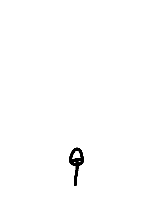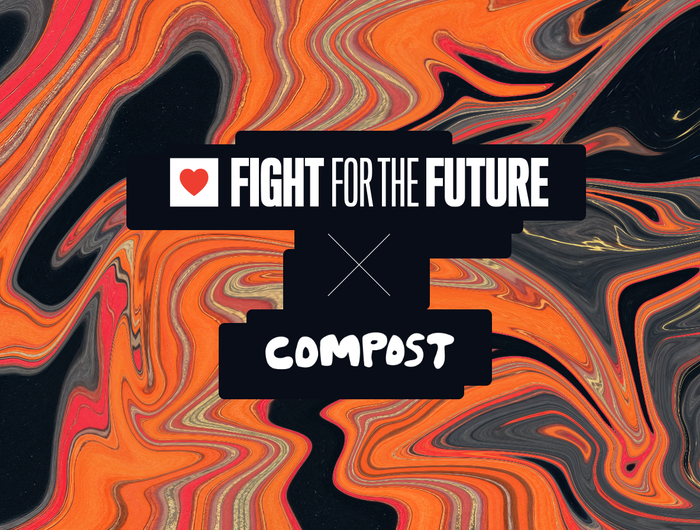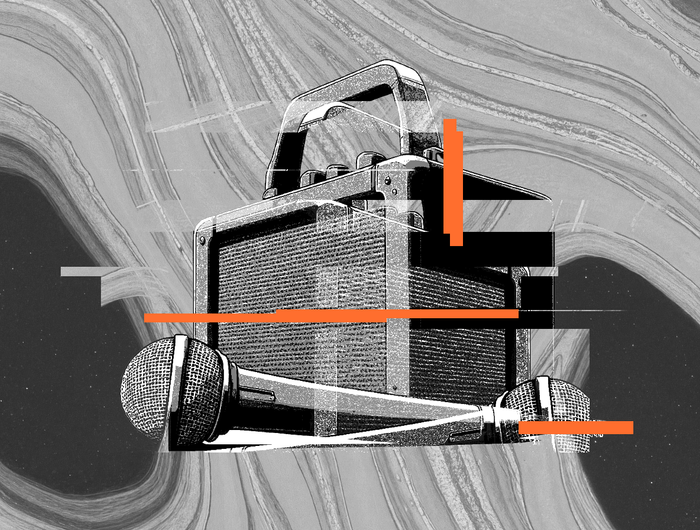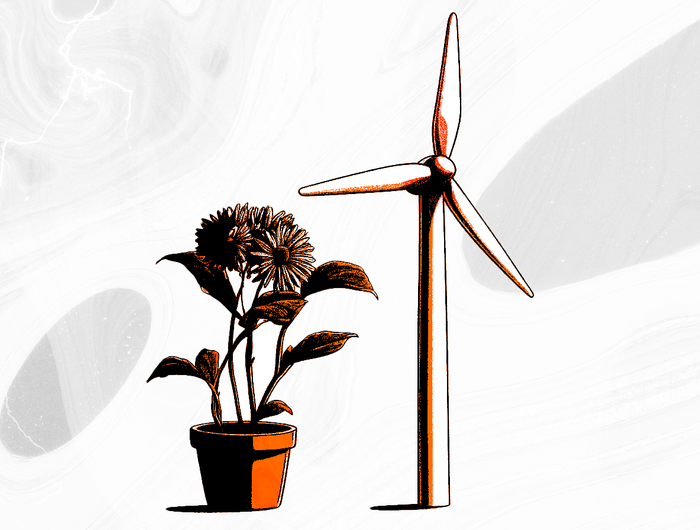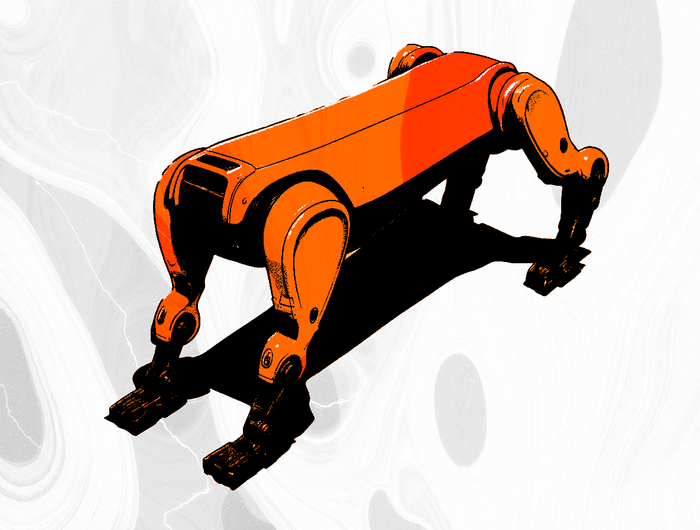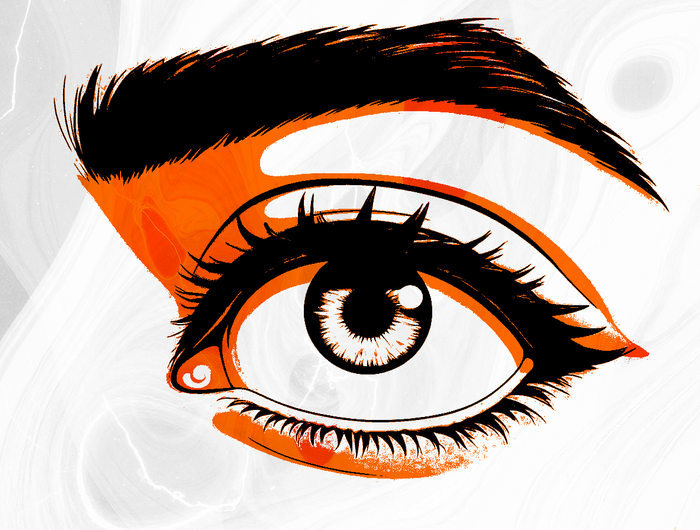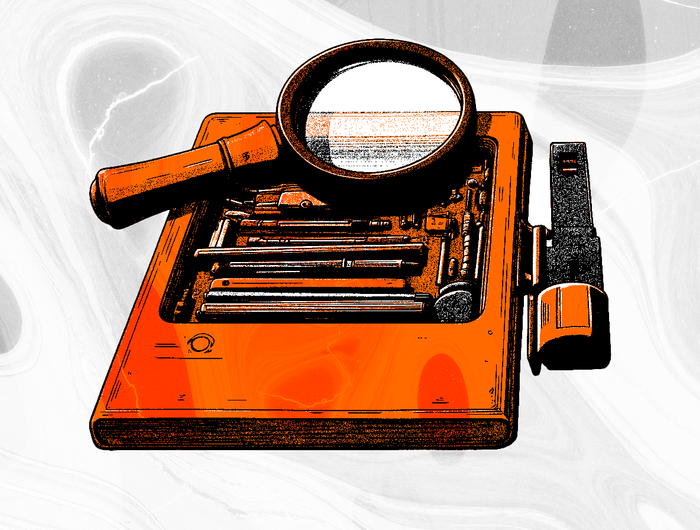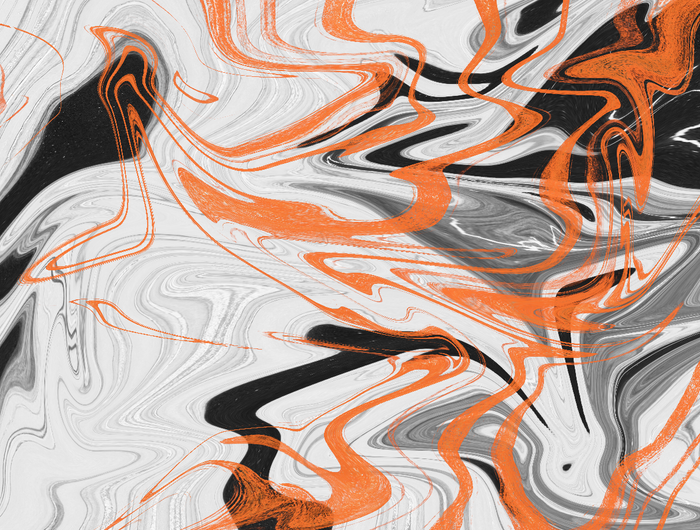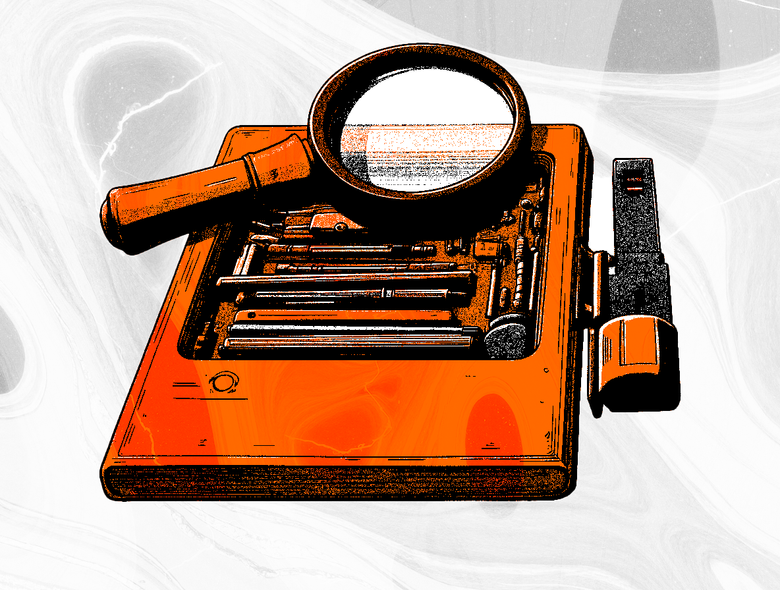
Appendices
In this section, we have additional resources and thoughts that didn't quite fit elsewhere, but seemed valuable:
-
How to contact an expert
-
From RightsCon: On centering marginalized communities
-
From RightsCon: Being a better activist in your industry
-
Additional works that were surfaced in this process, and a bit of why

How to contact an expert
Students and journalists regularly contact digital rights activists and technologists seeing our expertise, or even to have a conversation about a paper or a topic in the news. As a storyteller, you are also welcome to do this so long as you have done research on your own first, and become generally familiar with the technology and concerns around it.
First, assemble your most pressing questions, around 3-5 would be appropriate. Then choose a civil society organization or individual working on the technology you are considering using in your piece, and find their email or @ mention them on social media. You should have come across several in your research already. Finally, please be respectful of this person’s time and keep your questions pointed and concise and any phone call to 30 minutes in length.
Here’s an example of what you could say:
Dear ______,
I’m a novelist working on a story that deals with facial recognition technology and the errors it can make. I want to make sure that I’m depicting these technologies in a way that does not fall prey to the marketing propaganda of surveillance tech companies, and that’s why I’m reaching out to you.
I have three burning questions that have come up that I am unable to answer in my research, and I’m wondering if you might have time to weigh in over the next two weeks before my deadline. I would be happy to send these questions over email or ask on a 30 minute phone call if you let me know some times that work for you.
If you aren’t the best fit for this, I’d appreciate a referral to a colleague who might be interested.
Thank you for all you do.
Sincerely,
[Your name here]
The worst thing the expert you reach out to could do is ignore you — and if that happens, email someone else!

From RightsCon: On centering marginalized communities
This is a complex topic for which there are many different opinions. In the diverse and international community at RightsCon, the question of community and identity came up, so we wanted to include a summary of the conversation in the hopes that it may be helpful — while acknowledging it will not be definitive.
A repeated request from the RightsCon community was for storytellers to write fiction rooted in the present, and to do so with the communities that are most impacted. But for many authors, they are not a part of the most impacted communities. We asked: who gets to tell others’ stories?
Overall, this question and the conflict around it are an incitement for storytellers to do more activism and solidarity work with the communities they want to write about. The harms we are asking you to depict are being lived now, in the reality we all share — and your solidarity can make a difference. To an extent, in doing this work you are working to earn the right and the necessary experience to tell the stories of communities you are not a part of.
For one participant, the initial discussion brought up the paradigm of how people think about data extraction, and the idea that we can meaningfully extract other ways of knowing from people into data at all. Storytelling is a kind of data transfer, perhaps one of the oldest forms of it. There are long storytelling traditions that include protocols of paying due respect — what are yours? As a keeper of stories, how are you doing the due diligence of asking permission to share experiences that aren’t your own?
Another participant was blunt about it: the question of who gets to write what is irrelevant — anyone can write anything, and it’ll either be received positively or not.
“You can thread the needle of identity but also be empty of values.” - RightsCon Participant
Stories need consistency of values, and in that way they can more meaningfully reflect human conditions. Mistakes of cultural interpretation can be forgiven if the work is compelling and makes a strong effort to represent another world alongside clear principles and values throughout the story. There needs to be real empathy with the people you’re depicting. How you foster and accurately render that empathy could take many paths.
An indigenous researcher participating with us urged storytellers to ask this question: are you bringing value to the community? In your story? Outside your story?
Oscar-winning documentary No Other Land1 was brought up as an example of these complex dynamics. It was co-directed by a few people, including a Palestinian living in the West Bank and an Israeli who was able to visit the West Bank and leave whenever he wanted. The story told in this documentary isn’t about these individuals, but shows them working in the West Bank—with a focus on depicting authentic solidarity between peoples. How we struggle with each other is the story too. That doesn’t have to just be part of your narrative, it can be the focus.

From RightsCon: Being a better activist in your industry
Here are some more “thoughts worth thinking with”2 when it comes to altering the systemic practices in arts industries that promote surveillance tech copaganda:
-
There is a deep well of liberal angst that is a movable force in the arts industries. We aspire to have this toolkit influence what stories these folks choose to move forward. That change happens through changing cultural expectations, and you, the storytellers, are makers of culture.
-
This can be seen as a practice of community building vs. community critique. Storytellers can support each other in doing better, more thoughtful work by pointing out the inconsistencies and implications of the way surveillance tech is depicted. This can take place in our critique groups and our discussions of works.
-
Storytellers also hold soft powers as some of the most astute consumers of their own art form. For example: many who write fiction with speculative or technology elements are also avid readers of that sort of fiction. As readers, we have a lot of power to penetrate the media bubble by reviewing depictions of technology and surveillance alongside our other feedback on review platforms: “It was a powerful book, except this really bothered me…” or “I found it unrealistic that…and my hope for this talented author is that they grow their expertise in this area in the sequel.”
-
The power of copaganda is that it is so pervasive that it often goes unseen. Ask: where can you externalize your recognition of it in a public way? Or, with other people who tell stories or have influence in arts industries?
-
You could specifically choose to review, praise, or post about works for their strength in going against the grain of surveillance tech copaganda.
-
In this era of creative angst about generative AI technologies, it may be valuable to remind storytellers that much surveillance tech is also AI tech—with similar ethical problems and high error rates that are more likely to get someone killed than a hallucination from your average chatbot.
-
We don’t have to take on the entire world of publishing or film or video games by ourselves; a lot of the classic works of the anti-surveillance cannon were spread by word of mouth, or zines passed around by people. If it all seems like too much, just tell people about the stories you like, and why you like them! Get the people in your circles thinking, too.
-
Also, for books: tell librarians if you see something that bothers you. Tell booksellers too. These tastemakers consider carefully when they are told principled reasons not to recommend books to people. Moreover, they’re the ones putting books in people’s hands and publishers listen to them.

Additional works that were surfaced in this process, and a bit of why:
Please note, this section includes spoilers.
-
1984 by George Orwell: a prescient vision of what we're experiencing today with the tech panopticon, helpful as a warning sign.
-
A Half-Built Garden by Ruthanna Emrys: one of the best digital utilizations of collective wisdom in governance folks have read.
-
After The Flare by Deji Bryce Olukotun: technological devices that combine in animal features; a blockchain that also uses cowrie shells.
-
Altered Carbon (TV series): resistance fighters using technology and having to make compromises.
-
Copaganda: How Police and the Media Manipulate Our News by Alec Karakatsanis: an excellent contemporary deep-dive into the larger sphere of Copaganda
-
Day after Tomorrow (film): the hero story denies the collective effort to survive, makes one person special/exceptional in a way disconnected from reality.
-
Dune by Frank Herbert: a revolution that made a conscious decision not to have AI technology in their world; spice is necessary because they renounced computers—thus becoming technology itself.
-
Hunted (TV series): how many things you have to do to avoid surveillance in a british reality tv show.
-
Klara and the Sun by Kazuo Ishiguro: a family whose daughter has a terminal diagnosis so at doctor appointments they’re actually trying to replicate her so they never have to experience loss. Very surveillance themed, to “harvest” who she is under the premise of care. The author is gentle in suggesting how messed up it is, but does push the reader to recognize the choice to replicate as deeply troubling.
-
Minority Report (film): inevitable surveillance is bad, predictive crime assessment is dangerous and focuses on marginalized people and immigrant communities. Tech focuses on accent, appearance, etc. and discriminates by its nature.
-
Mr. Robot (TV series): lauded by participants as a very accurate depiction of cybersecurity's current state at the time.
-
Now You See Me (film): heist movie about magicians who rob a bank in front of an audience, using social and tangible tech. A fun, out there, lighthearted way of showing an epic trickster manipulation with a justice element.
-
Psycho Pass (TV series): technology is created to make surveillance more efficient, but efficiency ultimately removes the context that would be necessary to justice. Stressed out people get immobilized and jailed or eliminated. Stress is a symptom of social ills like poverty or failing health.
-
Scream VI (film): the biometric home security system fails and a person gets killed.
-
sense8 (TV series): the connection between protagonists was presented as beautiful, caring, supportive, and okay because it’s like a family. But the lack of consent tasted a lot like paternal surveillance and played out poorly for every other sense8 group but the protagonists. Yet the lesson that was taken away was that sense8s were the next phase of human evolution, despite most of them being killed because they could near-always be surveilled.
-
Severance (TV series): implications of the ability to teleport to you immediately in your private life wherever you are.
-
Silo (TV series): the idea of unknown permanent surveillance as a control mechanism and a source of oppressive power.
-
Spider Man: No Way Home (film): Peter Parker’s facial recognition system fails, so that he almost gets killed. Simple, yet effective undermining of the technology’s marketing as infallible.
-
Station Eleven by Emily St. John Mandel: dystopic but there’s still joy to be found in art. Kids that are born post apocalypse can’t remember airplanes, and the function of the Internet seems like a dream. What would we say about these technologies if they were lost? Or a generation from now?
-
Staying with the Trouble: Making Kin in the Chthulucene by Prof. Donna J. Haraway: the concept of making new thoughts to think with, and so much more
-
Terminator (films): in Terminator I, the lead figure is an unhoused person, then in Terminator II the robot becomes the good guy. This reflects the evolution of surveillance in the media.
-
The Dawn of Everything by David Graber and David Wengrow: how messy and nonlinear a true explanation of humanity's history must be. Good for thinking about our current era’s approach to technology as either an oversimplification or just plain wrong. High periods of culture, like Ancient Egypt, also were high periods of imperial violence and widespread oppression. If we were to consider history from the perspective of an average person, how would we remember differently?
-
The Hunger Games by Suzanne Collins: often read as a dystopia, rather than an interpretation of material conditions happening today. Seeing texts like this as dystopias can distance readers from the realities of what’s happening. How do we bridge that gap for the reader?
-
The Lives of Others (film): community surveillance in Eastern Germany.
-
The Matrix (film): the numbers falling on the screen change to become the Agent chasing the protagonist in the introduction, showing that the enemy could be anywhere. This remains one of the best depictions of the ubiquity of surveillance tech we’re experiencing now.
-
The Wire (TV series): follows the evolution of tech surveillance from 2001-2006, including wires, cell phones, emails, and more. It was highly educational to accurately depict how tech is being used by cops and became more powerful over time.

